02 MY MR2 SMT(U) L/O 0108
i
2002 MR2 (OM17493U)
Foreword
Welcome to the growing group of value–conscious people who drive Toyotas. We are proud of the advanced engineering and
quality construction of each vehicle we build.
This Owner’s Manual explains the operation of your new Toyota. Please read it thoroughly and have all the occupants
follow the instructions carefully. Doing so will help you enjoy many years of safe and trouble–free motoring. For
important information about this manual and your Toyota, read the following pages carefully.
When it comes to service, remember that your Toyota dealer knows your vehicle best and is interested in your complete
satisfaction. He will provide quality maintenance and any other assistance you may require.
If there is not a Toyota dealer near you, or you need emergency assistance for any reason, please call the following number:
U.S. OWNERS: Toyota Customer Assistance Center Toll–free:1–800–331–4331
CANADIAN OWNERS: Toyota Canada Customer Interaction Centre Toll–free:1–888–TOYOTA–8 (1–888–869–6828)
Please leave this Owner’s Manual in this vehicle at the time of resale. The next owner will need this information also.
All information and specifications in this manual are current at the time of printing. However, because of Toyota’s policy of
continual product improvement, we reserve the right to make changes at any time without notice.
Please note that this manual applies to all models and explains all equipment, including options. Therefore, you may
find some explanations for equipment not installed on your vehicle.
2001 TOYOTA MOTOR CORPORATION
All rights reserved. This material may not be reproduced or copied, in whole or in part, without the written permission of Toyota
Motor Corporation.
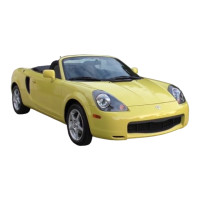
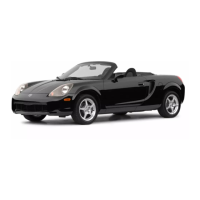



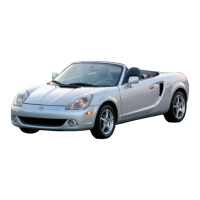
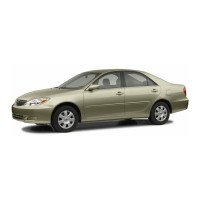
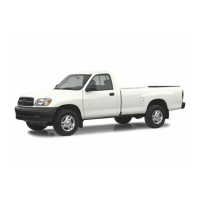
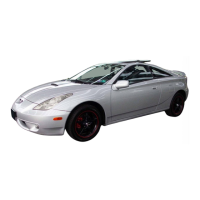
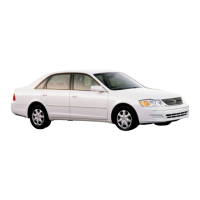
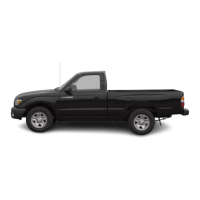
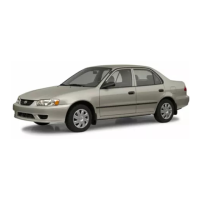
